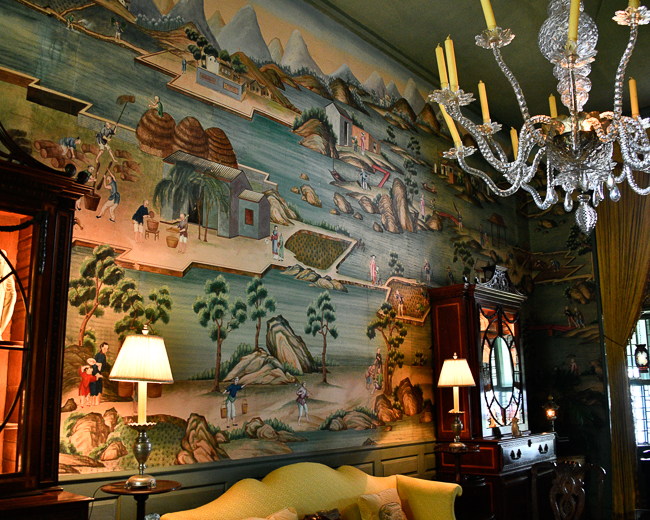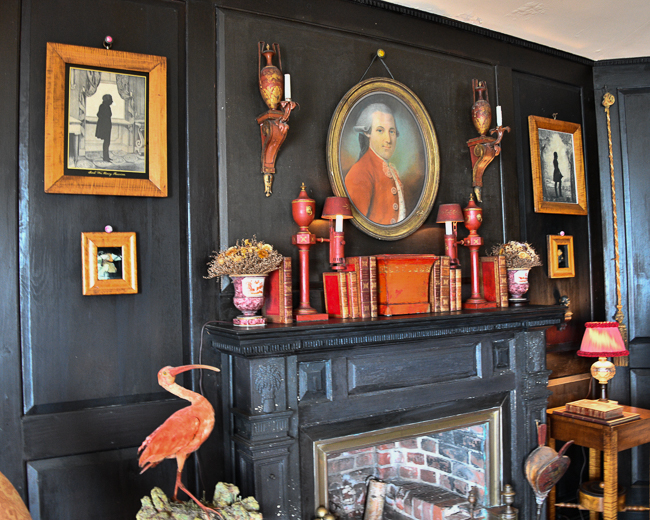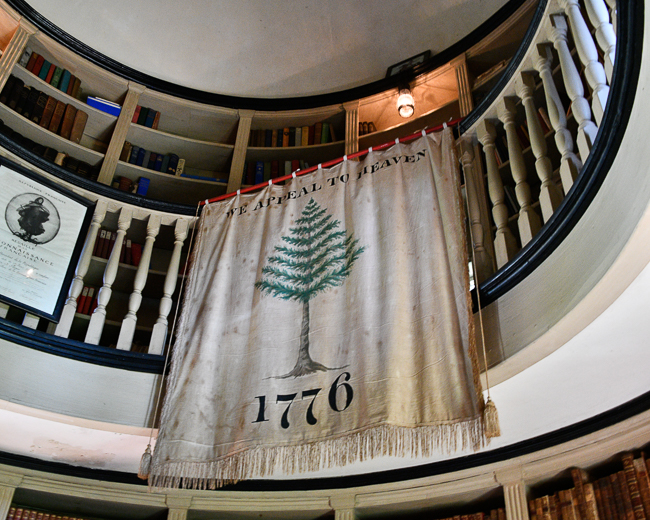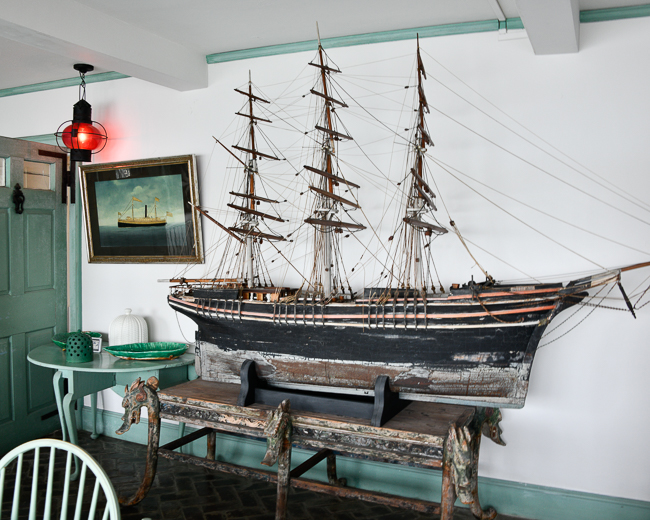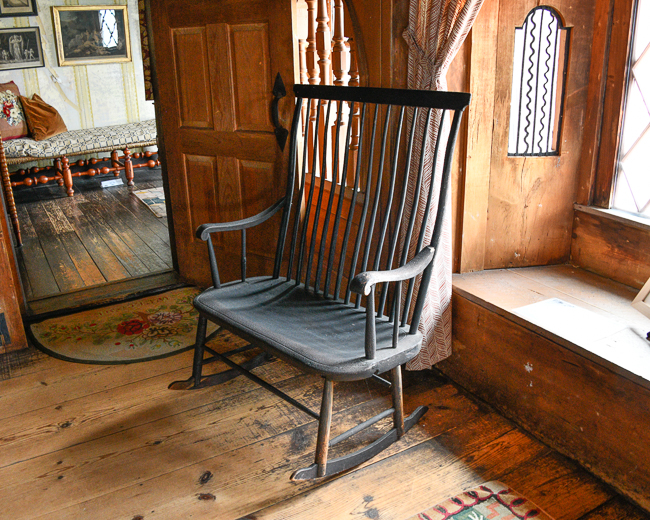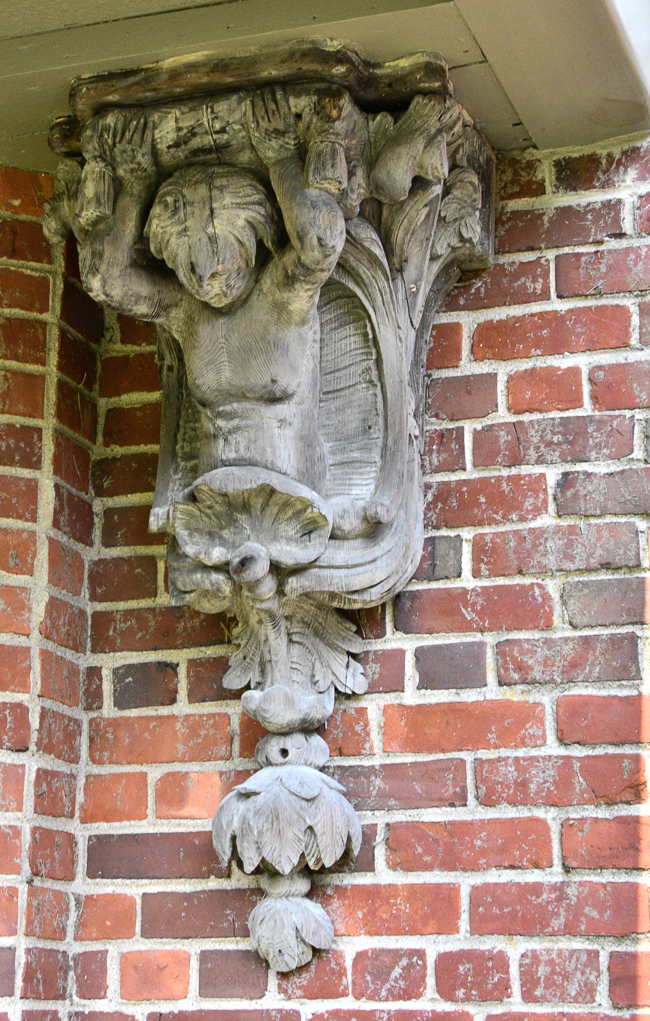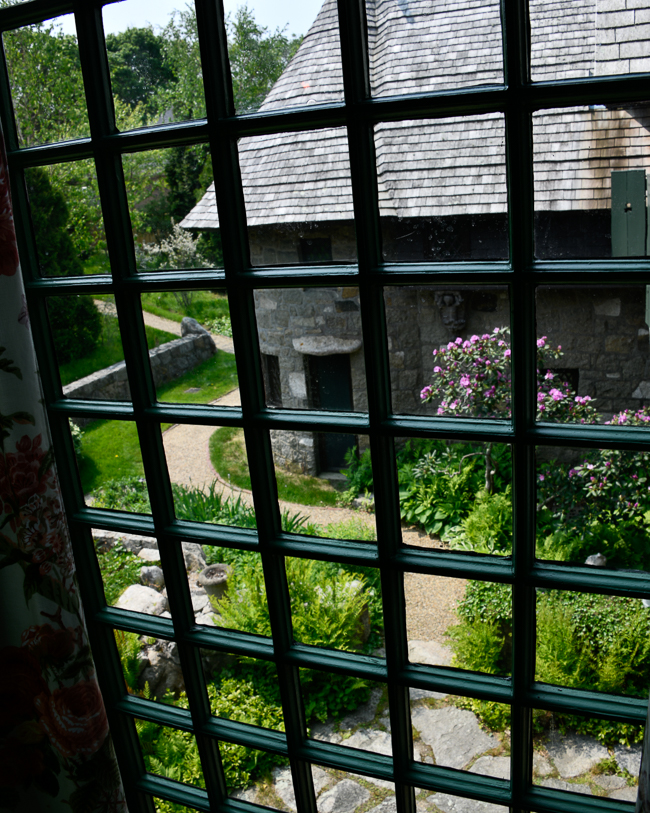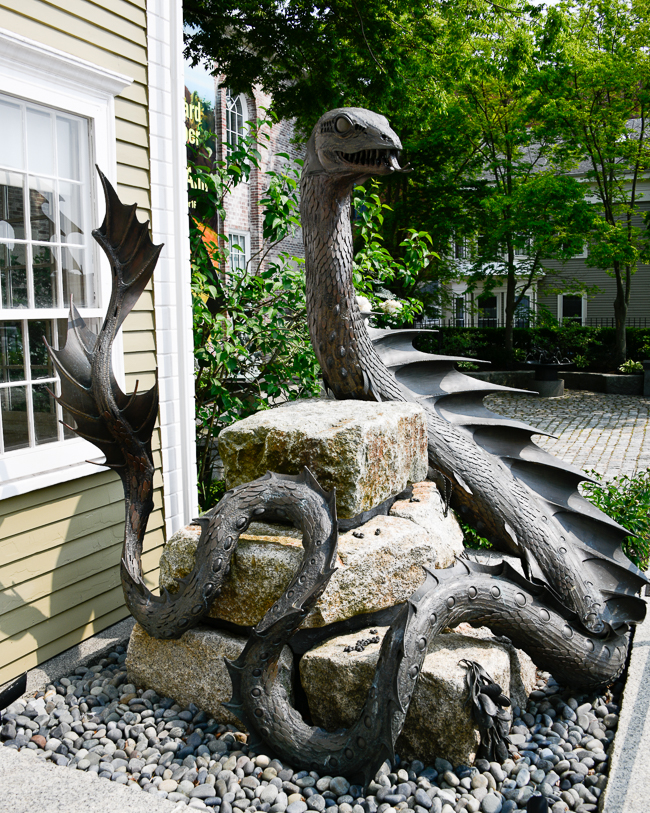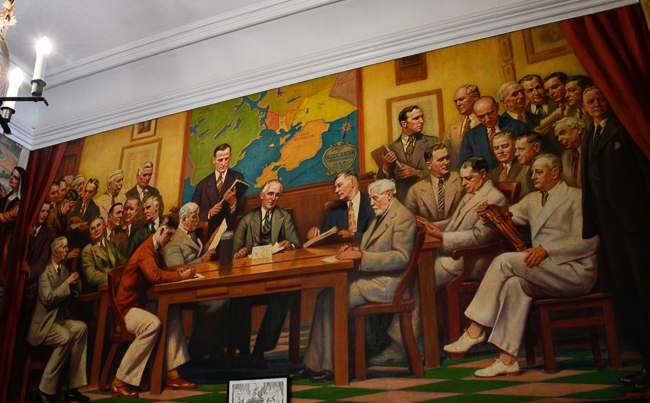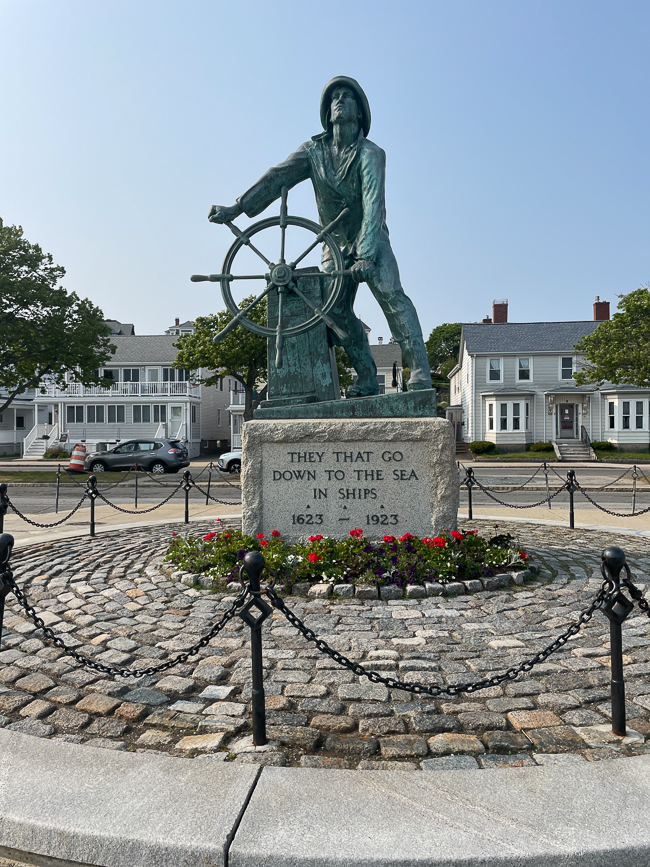May 2023
A day spent outside of Boston in Gloucester was a quick but interesting day.
The Sleeper-McCann House – Beauport
This home, designed by its owner, Henry Sleeper, beginnings date to 1907. Like many, he was never happy and altered and modified throughout his life.
The home was originally built as a modest Arts and Crafts-style cottage. But the resulting 40 rooms turned into a warren, with alcoves, odd-angled rafters, and linking stairways. Wherever your eye lands, you will see some of the more than 10,000 objects and furnishings that Sleeper acquired, with an obvious fondness for salvaged architectural artifacts.
The China Trade Moom features pagoda-inspired gold-curtained balconies at either end, a marble fireplace, and this magnificent antique 1780s wallpaper (originally ordered by Robert Morris, a signer of the Declaration of Independence) depicting the rice and porcelain industries of China, which Sleeper found tucked away in an attic in Marblehead.
The “Octagon Room.” and its aubergine walls set off Sleeper’s amethyst and ruby-red glassware and red antique toleware that he brought home from France. The room is chock-a-block full of uses of the number eight, which are demonstrated in the number of hooked rugs, chairs, sides of the table, scores in the ceiling, and even facets on the door knobs. He wrote of the room to Isabella Stuart Gardner: “Of course, I have all the details visualized and am enjoying it accordingly.”
In the two-story Book Tower (1911) is this Revolutionary War flag.
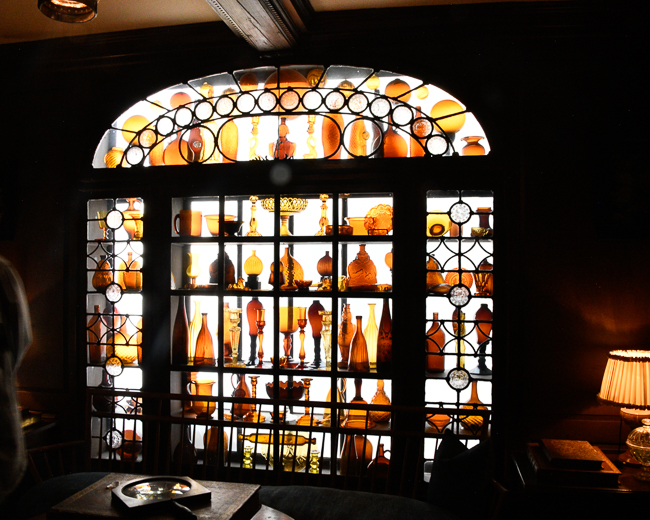
Sleeper didn’t start collecting glass until 1917. The amber-glass window in the central hall was the last reconfiguration of the house, in around 1929.
Cape Ann Museum
Cassie sits at the entrance to the Cape Ann Museum. The museum’s collection focuses on the artists and art colonies of Cape Ann, including the Rocky Neck Art Colony and the Folly Cove Designers. The museum’s collection also features objects from Gloucester’s fishing and maritime history and its granite quarrying history.
Cassie was developed by the museum to engage children and is based on the Gloucester sea serpent. The Glouster sea serpent is a legendary creature reportedly seen around and off the coast of Gloucester, Massachusetts, and Cape Ann. The heyday of sightings began in August 1817 and continued into 1818–19. Described as a massive serpent-like creature with humps along its back, the Gloucester Sea Serpent has been the subject of numerous sightings and tales of encounters by fishermen and sailors. The earliest alleged sighting of such a creature off Cape Ann was recorded in 1638 by John Josselyn. Occasional sightings continued over the centuries and into the 20th century.
Glouster City Hall
Having suffered a small fire, the City Hall was undergoing some renovation. However, we were able to get in and see the WPA murals.
The murals were all painted by Charles Allan Winter. In the lobby is “City Council in Session” approximately 7 feet high by 11 feet wide) was painted in 1939.

